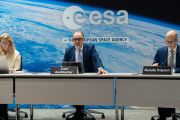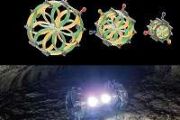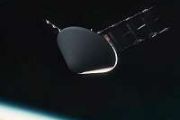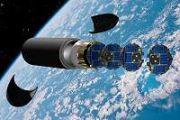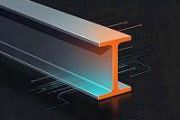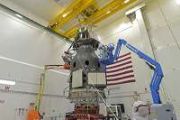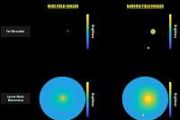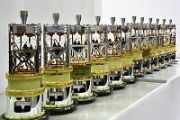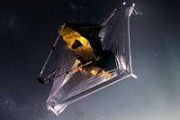
Copernical Team
Rocket Lab Prepares to Launch Synspective Satellite on 30th Electron Launch
 Rocket Lab USA, Inc. (Nasdaq: RKLB) is preparing to launch its 30th Electron rocket and 150th satellite to space during a dedicated mission for Japanese Earth-imaging company Synspective on Wednesday, September 14 UTC.
The launch will take place from Pad B at Rocket Lab Launch Complex 1 on New Zealand's Mahia Peninsula. The launch window opens 20:30 UTC on September 14th (08:30 NZST, Septe
Rocket Lab USA, Inc. (Nasdaq: RKLB) is preparing to launch its 30th Electron rocket and 150th satellite to space during a dedicated mission for Japanese Earth-imaging company Synspective on Wednesday, September 14 UTC.
The launch will take place from Pad B at Rocket Lab Launch Complex 1 on New Zealand's Mahia Peninsula. The launch window opens 20:30 UTC on September 14th (08:30 NZST, Septe Redwire and Sodern team up to market the Exquisite-Class Eagle Eye Star Tracker
 Redwire Corporation (NYSE: RDW), a leader in space infrastructure for the next generation space economy, today signed a formal teaming agreement with Sodern, a world leader in star trackers and neutron systems, to produce the Eagle Eye star tracker.
The Eagle Eye star tracker will offer superior performance by leveraging the exceptional flight heritage of Sodern's highly resilient modular
Redwire Corporation (NYSE: RDW), a leader in space infrastructure for the next generation space economy, today signed a formal teaming agreement with Sodern, a world leader in star trackers and neutron systems, to produce the Eagle Eye star tracker.
The Eagle Eye star tracker will offer superior performance by leveraging the exceptional flight heritage of Sodern's highly resilient modular Searching for Frost at Jezero Crater
 We've all walked outside on a cold morning and seen frost on the grass, but you might be surprised to know that frost can also form on Mars! Several missions have searched for frost including Opportunity and most recently Curiosity with its REMS and ChemCam instruments. This week, Perseverance followed in its siblings' footsteps by searching for frost at Jezero Crater using its MEDA and SuperCam
We've all walked outside on a cold morning and seen frost on the grass, but you might be surprised to know that frost can also form on Mars! Several missions have searched for frost including Opportunity and most recently Curiosity with its REMS and ChemCam instruments. This week, Perseverance followed in its siblings' footsteps by searching for frost at Jezero Crater using its MEDA and SuperCam WVU and NASA plant the seed for STEM among youth in Plant the Moon Challenge
 Students across the Mountain State will simulate growing crops on the moon and learn, via hands-on experiments, about NASA's Artemis mission, thanks to funding secured by the NASA West Virginia Space Grant Consortium housed at West Virginia University.
On Friday (Sept. 9), Vice President Kamala Harris, in her role as chair of the National Space Council, announced new NASA funding for sever
Students across the Mountain State will simulate growing crops on the moon and learn, via hands-on experiments, about NASA's Artemis mission, thanks to funding secured by the NASA West Virginia Space Grant Consortium housed at West Virginia University.
On Friday (Sept. 9), Vice President Kamala Harris, in her role as chair of the National Space Council, announced new NASA funding for sever Study looks at how water got on the moon
 At least since the first manned missions to the moon in the 1960s and early '70s, the general belief was that Earth's orbiting partner was bone dry. Then, about two years ago, several lunar missions showed that's not absolutely true. Some lunar soil contains minute amounts of water molecules.
But where did water on the moon come from? Answering that question can help us understand the moon
At least since the first manned missions to the moon in the 1960s and early '70s, the general belief was that Earth's orbiting partner was bone dry. Then, about two years ago, several lunar missions showed that's not absolutely true. Some lunar soil contains minute amounts of water molecules.
But where did water on the moon come from? Answering that question can help us understand the moon NASA delays launch of Artemis I rocket until Sept. 27
 The highly anticipated launch of NASA's Artemis I moon rocket has been delayed once again, with the agency now targeting Sept. 27 as a date for liftoff.
NASA said Monday that the new date would give it more time to prepare for the cryogenic demonstration test and the launch. The new backup date is Oct. 2.
"This week, teams will conduct tests at ambient conditions to ensure there
The highly anticipated launch of NASA's Artemis I moon rocket has been delayed once again, with the agency now targeting Sept. 27 as a date for liftoff.
NASA said Monday that the new date would give it more time to prepare for the cryogenic demonstration test and the launch. The new backup date is Oct. 2.
"This week, teams will conduct tests at ambient conditions to ensure there NASA's CAPSTONE probe suffers anomaly, put in safe mode
 NASA's CAPSTONE probe has experienced a problem on its journey to the moon, and is now in a protective safe mode, the space agency confirmed.
NASA and its private partner Advanced Space issued the update Monday, after what they referred to as an anomaly.
"This is a dynamic operational situation," Colorado-based Advanced Space said in a statement.
"During or shortly after t
NASA's CAPSTONE probe has experienced a problem on its journey to the moon, and is now in a protective safe mode, the space agency confirmed.
NASA and its private partner Advanced Space issued the update Monday, after what they referred to as an anomaly.
"This is a dynamic operational situation," Colorado-based Advanced Space said in a statement.
"During or shortly after t Video: Ariane 6 launchpad testing
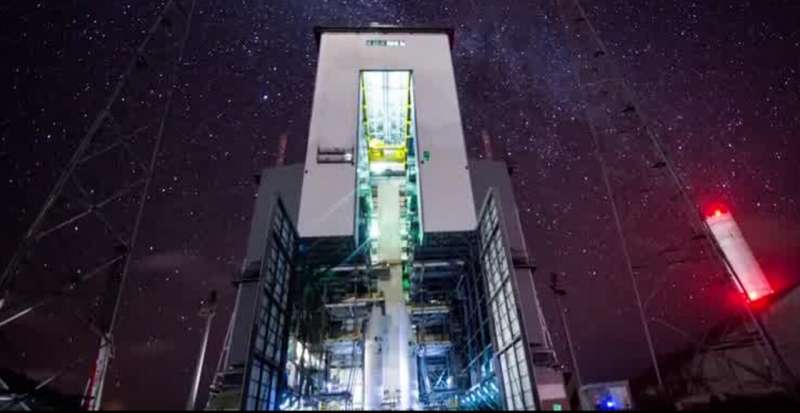
It has been an exciting and busy summer for the European Space Agency, with development and testing of its new Ariane 6 launcher.
At Europe's spaceport in, French Guiana, a test model of the launcher's central core was assembled for the first time.
Ariane 6 is the first Ariane rocket to be assembled horizontally, which is simpler and less costly than more traditional vertical assembly. After assembly, the rocket was moved to its launchpad and placed upright in the massive mobile gantry for combined tests, to validate the compatibility between all components of the complete launch system.
Soon more testing will be done on Ariane 6's upper stage at a purpose-built DLR facility in Lampoldshausen, Germany.
Explore further
The future of space exploration – ESA at IAC 2022
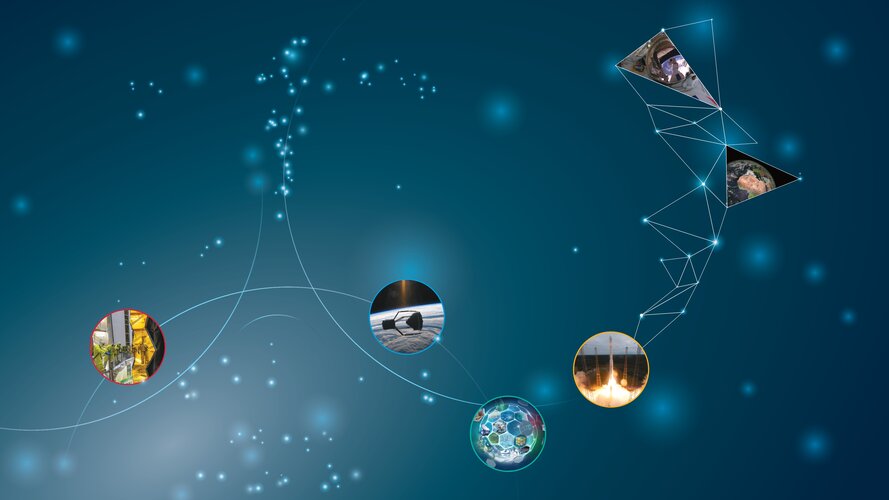
Join us at the ESA stand at the 73rd International Astronautical Congress (IAC 2022), taking place from 18 to 22 September at the Paris Convention Centre in Paris. A week of lively interactions awaits the world space community, this year under the theme 'Space for @ll'. The congress will open its doors to the general public on 21 September.
Harpoons, robots and lasers: How to capture defunct satellites and other space junk and bring it back to Earth
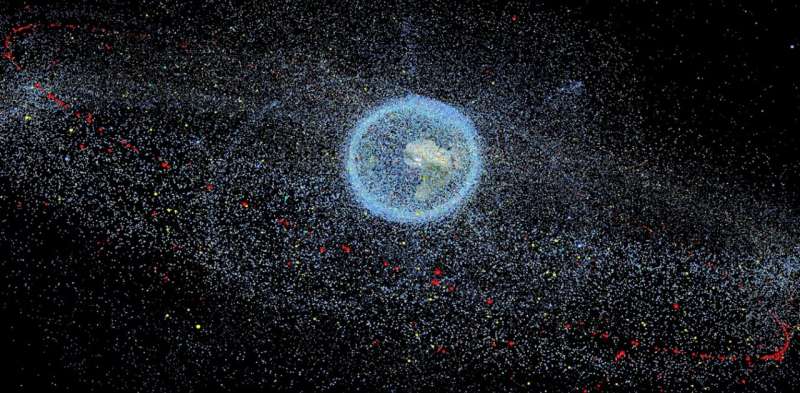
More than half of the thousands of satellites in orbit are now defunct, and this accumulation of floating space debris has been described as a "fatal problem" for current and future space missions and human space travel.
An estimated 130 million objects smaller than 1cm and 34,000 larger than 10cm are traveling in orbit at speeds of thousands of kilometers per hour, according to the European Space Agency (ESA). A report presented at this year's European conference on space debris suggests the amount of space junk could increase fifty-fold by 2100.
While many fragments of space junk are small, they travel so fast their impact has enough energy to disable a satellite or cause significant damage to space stations.
Both the Hubble Telescope and the Solar Maximum Mission (SMM) satellites had coin-sized holes punched into them by flying debris and a mirror on Nasa's James Webb space telescope was damaged by micrometeoroids.
Most satellites were not designed with the end of their usefulness in mind.




